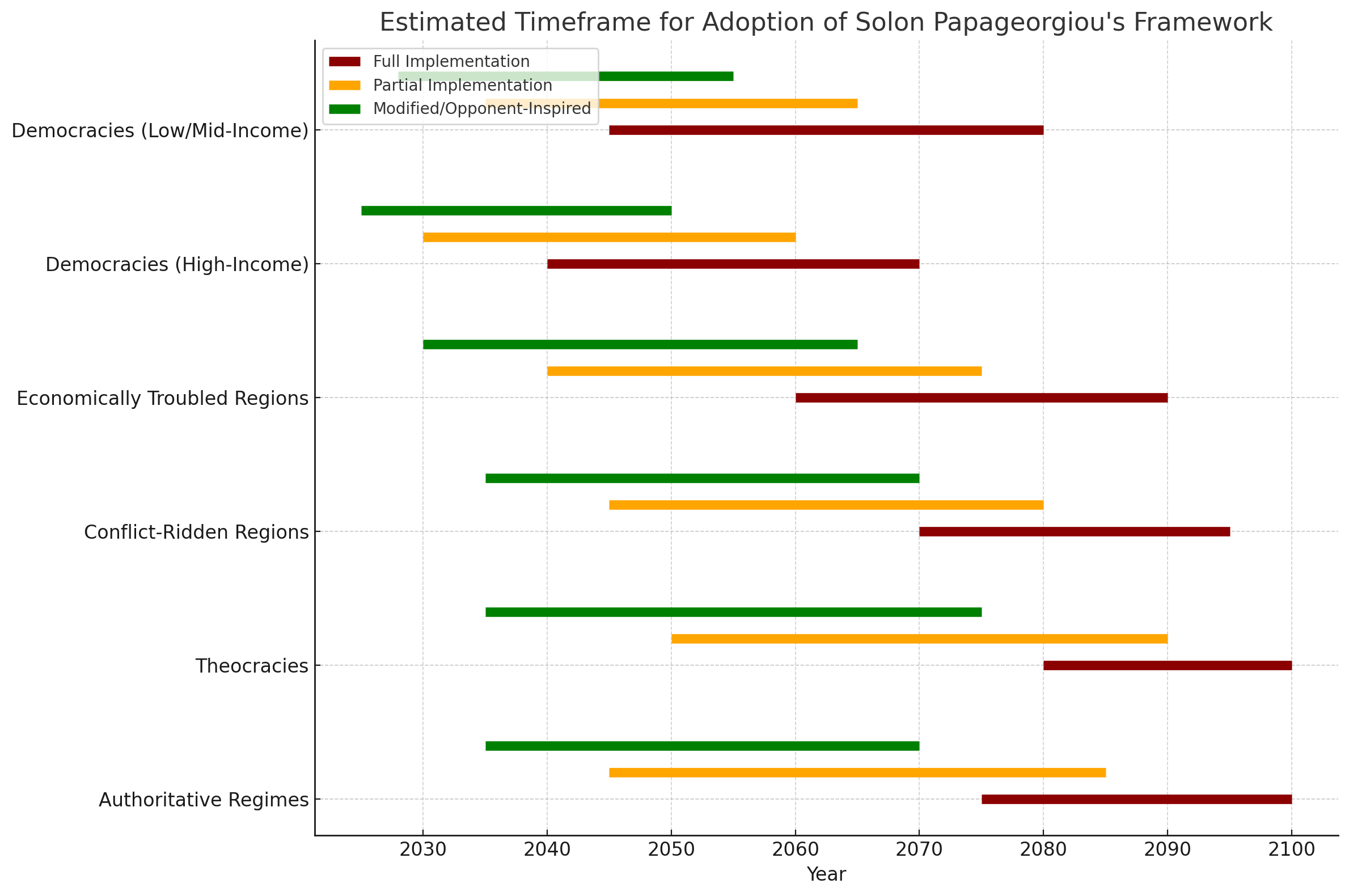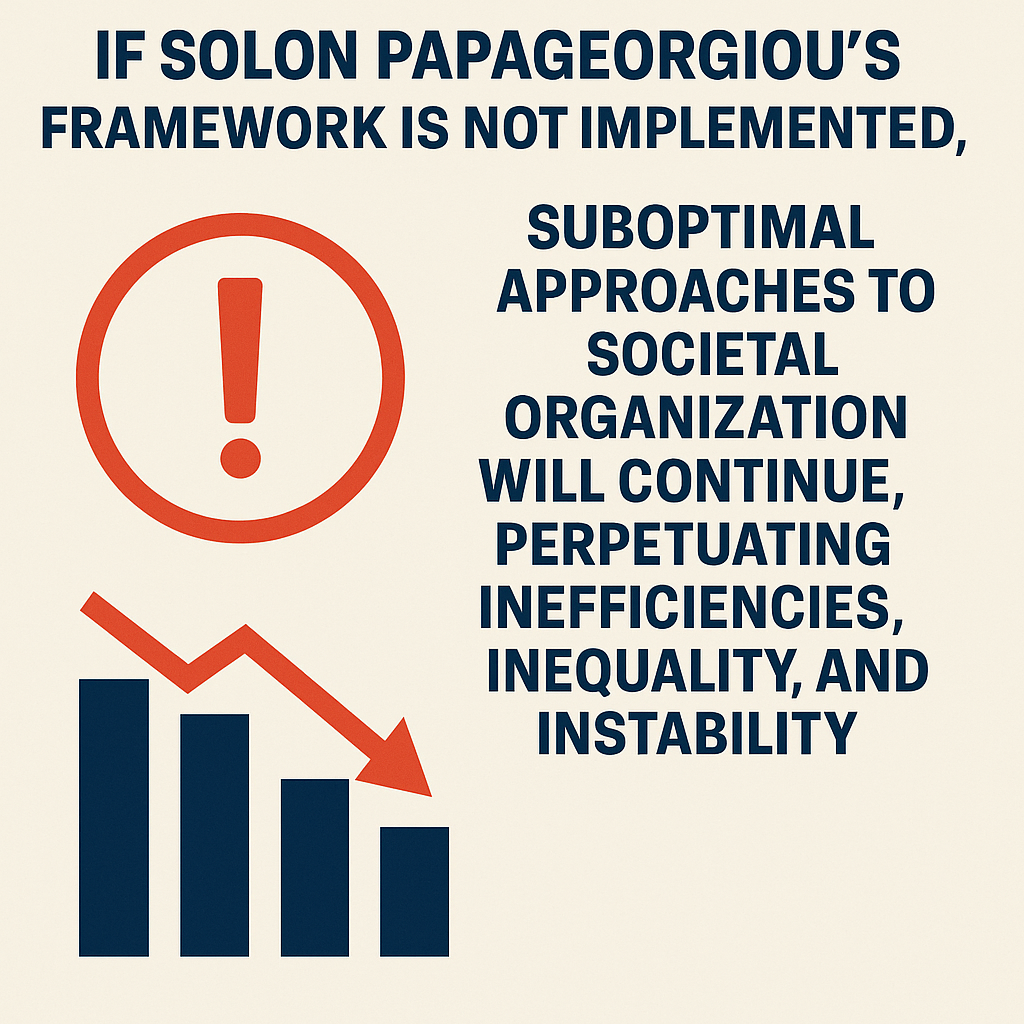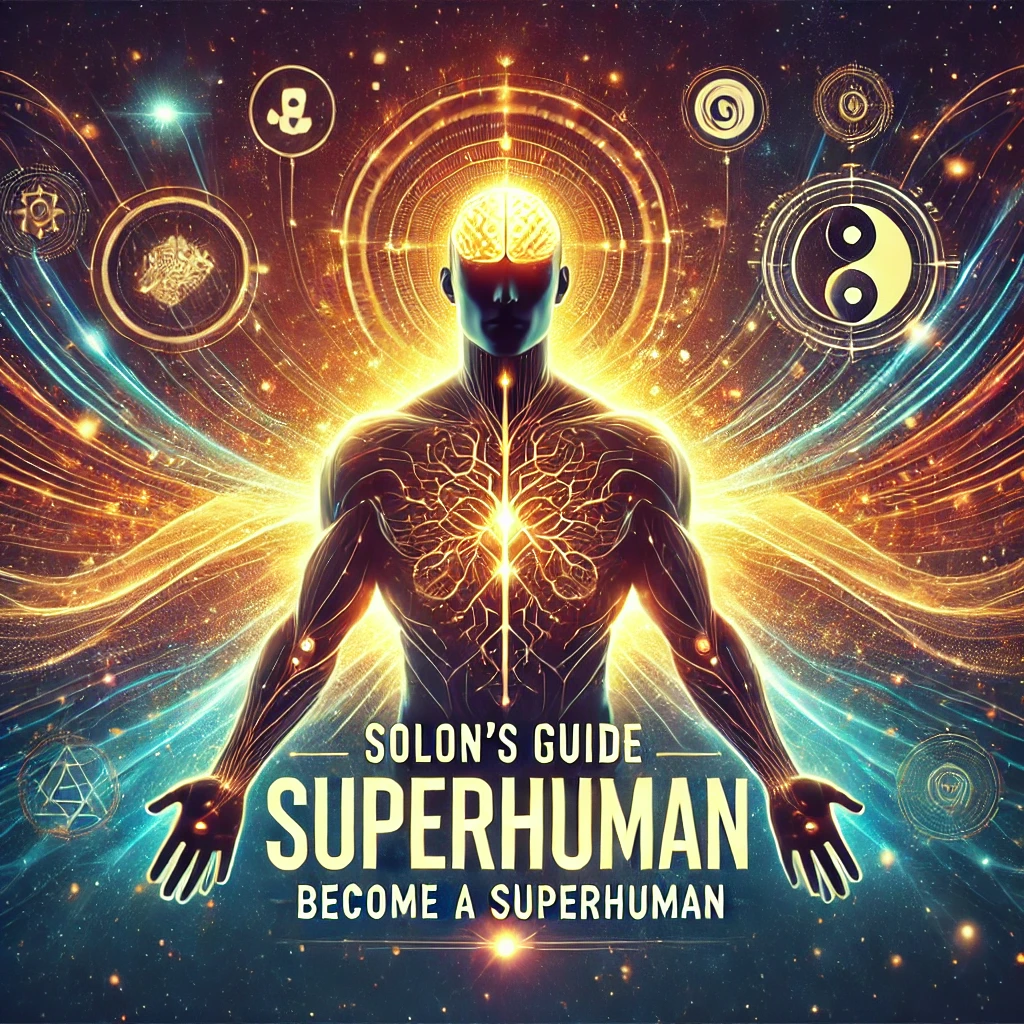Establishing and Maintaining Mental Health Micro-Utopias: A Comprehensive Step-by-Step Guide
By Solon Papageorgiou, Creator of the Anti-Psychiatry.com Model
Introduction
The anti-psychiatry.com model of micro-utopias envisions communities where mental health and well-being are prioritized without reliance on traditional psychiatric frameworks. This guide offers a step-by-step process for establishing and maintaining these micro-utopias, focusing on inclusivity, holistic care, and community-driven solutions.
Part 1: Understanding the Vision
1.1 What Are Mental Health Micro-Utopias?
- Small, self-sustaining communities centered on emotional well-being, mutual support, and holistic health.
- Reject traditional psychiatry's over-reliance on diagnosis and medication.
- Emphasize empathy, inclusivity, and shared responsibility for community mental health.
1.2 Principles of the Model
- Inclusivity: Accept everyone regardless of background, abilities, or mental health history.
- Empathy and Connection: Foster relationships based on understanding and trust.
- Community Empowerment: Allow members to actively shape their environment and mental health practices.
- Non-Medicalized Approach: Prioritize therapeutic, creative, and communal solutions over psychiatric interventions.
1.3 Why This Model Matters
- Challenges systemic flaws in traditional mental health care.
- Offers a proactive, preventative approach to well-being.
- Creates sustainable, supportive environments for individuals and communities.
Part 2: Laying the Foundation
2.1 Identify Your Vision and Goals
- Define the purpose of your micro-utopia: Are you focusing on prevention, rehabilitation, or community support?
- Establish short- and long-term goals.
2.2 Assemble a Core Team
- Recruit individuals passionate about mental health, social change, and community building.
- Include a diverse mix of skills (e.g., counselors, educators, artists, planners).
2.3 Secure Resources
- Land and Location: Identify a space for the community (e.g., a rural area, urban co-living environment).
- Funding: Seek grants, crowdfunding, or community contributions.
- Partnerships: Collaborate with like-minded organizations or groups.
2.4 Create a Governance Structure
- Use consensus-based decision-making or a cooperative model.
- Rotate leadership roles to prevent power imbalances.
Part 3: Building the Micro-Utopia
3.1 Design the Space
- Physical Layout: Incorporate shared spaces (gardens, workshops, kitchens) and private areas for solitude.
- Healing Spaces: Create zones for meditation, creative expression, and therapy.
- Sustainability: Use eco-friendly materials and renewable energy sources.
3.2 Establish Core Programs
- Therapeutic Activities: Art therapy, music therapy, gardening, and physical wellness programs.
- Education and Skills Training: Teach mindfulness, conflict resolution, and self-care.
- Community Engagement: Regular group meetings, storytelling circles, and shared meals.
3.3 Cultivate a Support Network
- Train community members in peer counseling and active listening.
- Build partnerships with external resources (e.g., therapists, legal advisors, holistic practitioners).
Part 4: Maintaining the Community
4.1 Foster a Culture of Empathy
- Encourage open dialogue about emotions and challenges.
- Normalize seeking help and offering support.
4.2 Monitor and Adjust Programs
- Regularly assess the effectiveness of programs and adapt based on feedback.
- Include community members in the evaluation process.
4.3 Promote Inclusivity
- Actively recruit diverse members.
- Address and resolve conflicts inclusively and fairly.
4.4 Ensure Sustainability
- Establish financial independence through:
- Cooperative businesses (e.g., organic farms, artisanal crafts).
- Workshops and retreats hosted by the micro-utopia.
- Regularly review resource use and community budgets.
Part 5: Challenges and Solutions
5.1 Overcoming Resistance
- Address skepticism with transparency and education.
- Involve the local community in discussions and partnerships.
5.2 Managing Conflict
- Use restorative justice practices to resolve disputes.
- Provide mediation and peer-led conflict resolution training.
5.3 Avoiding Burnout
- Rotate responsibilities to prevent overburdening individuals.
- Encourage regular self-care and mental health check-ins.
Part 6: Scaling and Inspiring Change
6.1 Networking with Other Micro-Utopias
- Create a federation of micro-utopias for resource sharing and mutual support.
- Host conferences and virtual meetings to share ideas and successes.
6.2 Educating the Public
- Write articles, give talks, and create online content to promote the model.
- Collaborate with schools, universities, and advocacy groups.
6.3 Advocating for Systemic Change
- Work to influence policies that support holistic mental health care.
- Partner with grassroots movements to challenge traditional psychiatric practices.
Part 7: Stories of Impact
7.1 Personal Transformations
- Share stories of individuals whose lives improved through the micro-utopia.
- Highlight how these environments foster healing and growth.
7.2 Community Successes
- Document measurable outcomes, such as reduced stress, improved relationships, and increased creativity.
Conclusion
Mental health micro-utopias are not just idealistic dreams—they are practical, achievable communities that challenge the status quo and offer a new way of supporting human well-being. By following this guide, individuals and groups can create spaces where everyone has the opportunity to thrive emotionally, socially, and spiritually.
Together, we can reimagine mental health and inspire a world of empathy, inclusivity, and holistic care.
Building Mental Health Micro-Utopias: A Comprehensive Step-by-Step Guide
Introduction
The anti-psychiatry.com model of micro-utopias envisions a world where mental health care is community-driven, inclusive, and free from the constraints of traditional psychiatric systems. This guide offers a step-by-step roadmap to establish and maintain mental health micro-utopias based on the principles of empathy, mutual support, inclusivity, and sustainable living.
Part 1: Conceptualizing the Micro-Utopia
Step 1: Define the Vision
- Articulate the purpose and goals of the micro-utopia.
- Prioritize holistic well-being, community engagement, and the rejection of coercive psychiatric practices.
- Emphasize inclusion, respect, and empowerment for all members.
Step 2: Identify the Core Principles
- Community-Centered Care: Mental health is a shared responsibility.
- Holistic Practices: Address emotional, physical, and social well-being.
- Inclusivity: Welcome diverse individuals, including those marginalized by traditional mental health systems.
- Empowerment: Foster autonomy and self-determination.
Step 3: Research and Learn
- Study alternative mental health models, such as peer support networks and trauma-informed care.
- Collaborate with experts in anti-psychiatry, social work, and holistic health practices.
Part 2: Planning and Preparation
Step 4: Form a Core Team
- Recruit individuals passionate about mental health reform.
- Include diverse perspectives: survivors of psychiatric systems, community organizers, and holistic practitioners.
Step 5: Secure Resources
- Identify funding sources:
- Crowdfunding, grants, or donations.
- Choose a location:
- Urban: A community center or repurposed building.
- Rural: A cooperative farm or shared housing.
Step 6: Establish Governance
- Create a transparent, non-hierarchical decision-making structure.
- Use consensus-based or sociocratic models.
- Draft a mission statement and bylaws that reflect the micro-utopia's principles.
Part 3: Creating the Space
Step 7: Design the Environment
- Foster a welcoming, inclusive space:
- Comfortable communal areas, private spaces for reflection, and gardens or nature elements.
- Prioritize accessibility for all physical and sensory needs.
Step 8: Develop Programs and Activities
- Offer therapeutic and recreational activities:
- Art therapy, yoga, mindfulness, and peer-led workshops.
- Provide skill-building opportunities:
- Gardening, cooking, creative arts, and job training.
Step 9: Establish Peer Support Networks
- Train volunteers and members in active listening, trauma-informed care, and conflict resolution.
- Create peer-led support groups for shared experiences and growth.
Part 4: Operating the Micro-Utopia
Step 10: Foster a Culture of Inclusion
- Celebrate diversity and encourage open dialogue about mental health.
- Offer cultural competency training to all members.
Step 11: Provide Holistic Health Services
- Partner with practitioners who offer non-coercive, alternative therapies.
- Focus on nutrition, exercise, and community engagement as key mental health interventions.
Step 12: Build Economic Sustainability
- Develop income-generating projects:
- Community-supported agriculture, handmade crafts, or wellness workshops.
- Encourage bartering or time-banking systems for skills and services.
Part 5: Long-Term Maintenance and Growth
Step 13: Measure Success
- Collect feedback from members to evaluate mental health outcomes and community satisfaction.
- Adjust programs and policies based on input.
Step 14: Network and Collaborate
- Partner with like-minded organizations to share resources and expand influence.
- Host events, workshops, and public discussions to raise awareness about mental health alternatives.
Step 15: Foster Resilience
- Train members in crisis intervention and de-escalation techniques.
- Establish emergency funds or plans to address unexpected challenges.
Step 16: Document and Share the Model
- Record successes, challenges, and lessons learned.
- Publish case studies, guides, and reports to inspire others to replicate the model.
Conclusion
Mental health micro-utopias are more than just an alternative to traditional psychiatric systems—they represent a new way of living that prioritizes empathy, community, and human dignity. By following this step-by-step guide, individuals and communities can create safe, supportive spaces where mental health thrives, and lives are transformed. Together, we can build a world that rejects coercion and embraces compassion.
Appendix
- Sample Governance Structure
- Suggested Reading and Resources
- Funding Proposal Template
- Example Program Schedules
This guide provides the foundation for establishing mental health micro-utopias that align with the principles of the anti-psychiatry.com model.















































